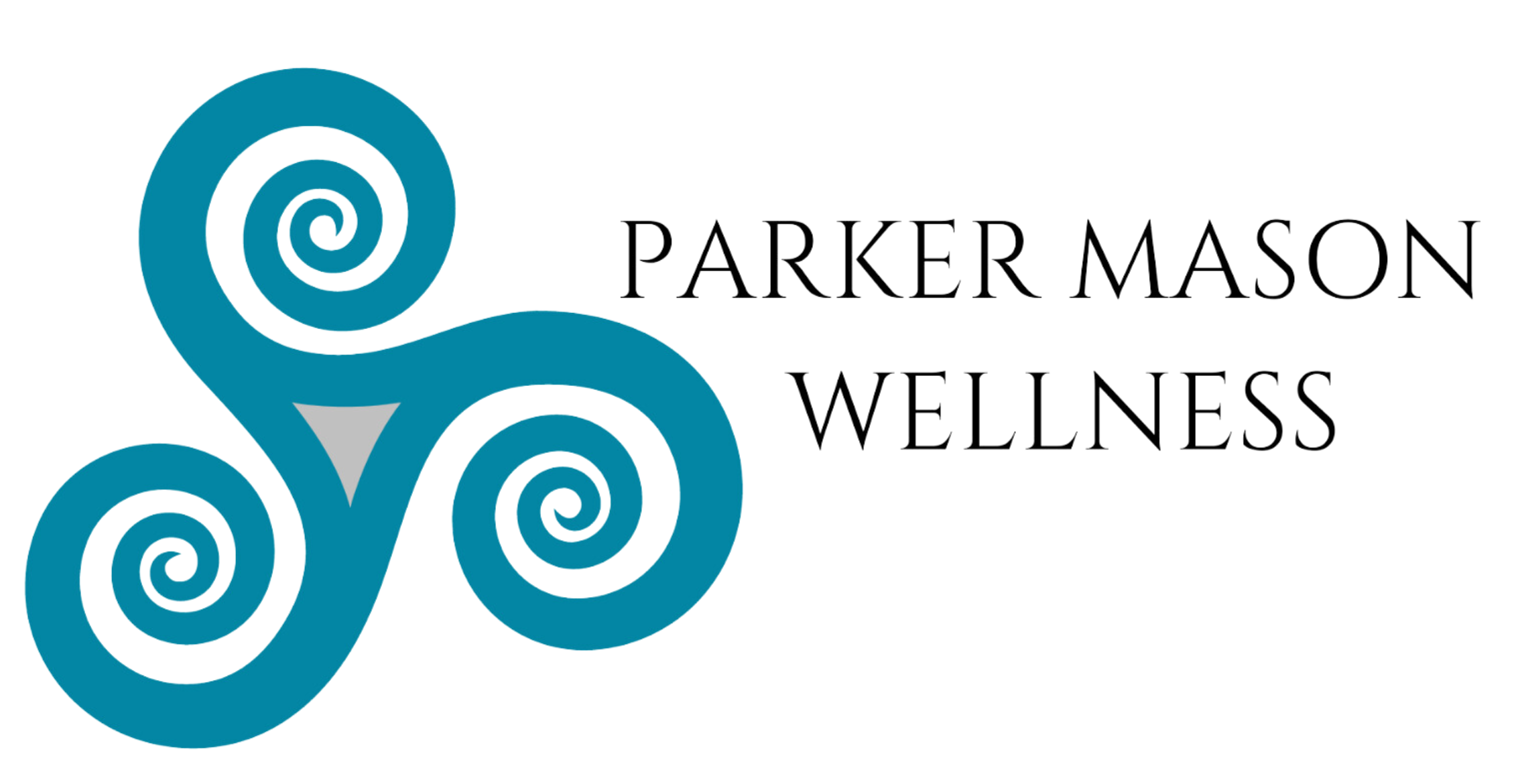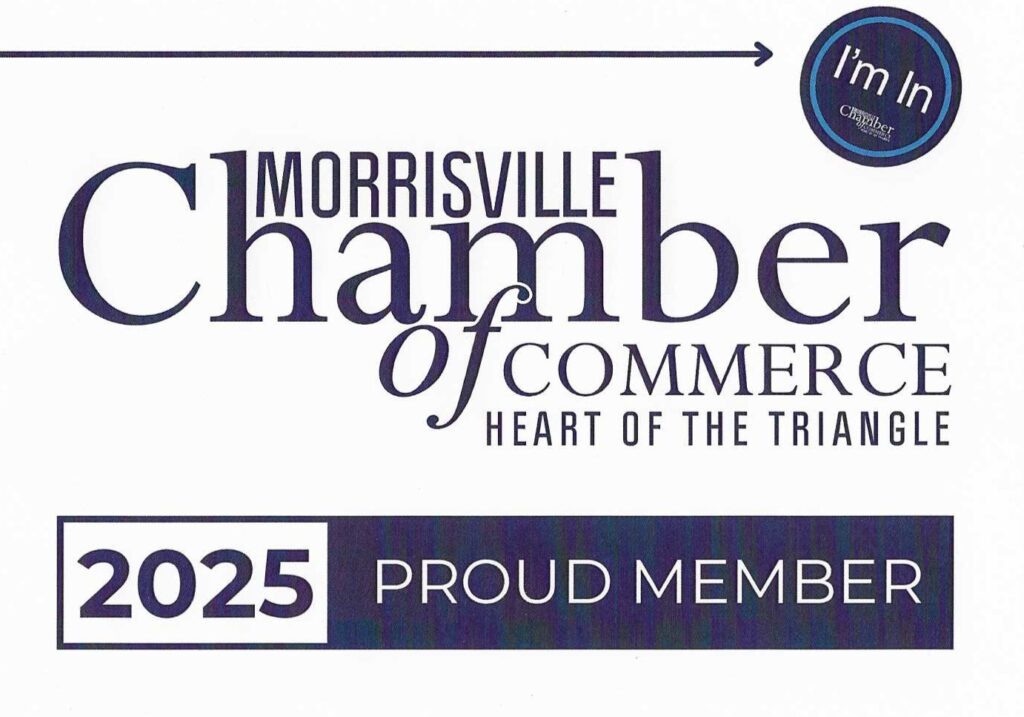Hair Loss What to Expect
Treatment options for hair loss require time, consistency, and a tailored approach based on the individual’s diagnosis and goals. First-line treatments often include topical minoxidil, which stimulates blood flow to hair follicles and extends the anagen (growth) phase. In some patients, particularly those with androgenetic alopecia, topical finasteride may be added to reduce the conversion of testosterone to DHT, a hormone that can shrink and weaken follicles over time.
In addition to topical medications, nutritional support plays a critical role. Supplementing with key vitamins such as biotin, vitamin D, zinc, and iron may improve outcomes in patients with documented deficiencies. A well-balanced diet that includes sufficient protein is also essential for hair fiber formation and scalp health.
It’s important to set realistic expectations: noticeable improvements typically begin around four to six months after starting treatment. Hair regrowth is gradual, and continued use is usually required to maintain results.
If you’re interested in exploring medical or nutritional therapies for hair loss, schedule a free 30-minute consultation to discuss which options may be appropriate for your needs and timeline.






